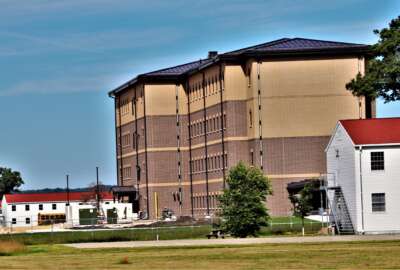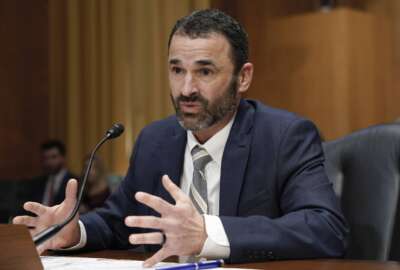As fast-changing technologies affect government operations, the government needs people with the skills to deal with those very technologies. It might sound like a Catch-22. It’s actually a great opportunity and justification to try new approaches to new talent acquisition and developing the skills of employees agencies already have.
But it would oversimplify the talent and skill challenges the government faces to see it solely as a need for more people skilled in artificial intelligence, machine learning, cloud infrastructure, or agile software development in Python.
That’s according to Emily Craig, a partner for talent and transformation at IBM U.S. Federal.
Craig cites two basic reasons for more nuanced thinking about talent. In some ways they are two sides of the same coin, in that the “decay times” of given skills are getting shorter, while the time required to acquire a new skill is getting longer.
“If you think about your technical skills as tools in your tool belt, the old model was half of those tools would be obsolete in the next five years,” Craig said. “But the pace of change has accelerated so much, that the half-life is now two years. Which means that we are all in this constant reskilling process.”
On the acquisition of new skills side, Craig said, “The amount of time necessary to build expertise in these new, more complex technical skills has increased dramatically.”
She said IBM research indicates the old standard was an average of about three days’ worth of training. Organizations could get it done in classroom sessions or quick apprenticeships.
But “that’s now 30 days because of the complexity that goes into many of these things,” Craig said. “So that is really a dramatic shift in the investment necessary just to keep up with the pace of change.”
Trim the lag
Still another workforce challenge, Craig said, stems from the skills gap and the changing skills requirements. Namely, “this really complex cycle of workforce planning, of trying to look out into the future, and predict what they’re going to need two, three, four years from now.”
While nearly all organizations share these skills challenges, the government uniquely has a hiring process that takes an average of 80 days. It renders the government less competitive in tight talent markets.
To both short circuit the federal hiring cycle and find the right people, Craig advised “looking at what those critical occupations are, getting out in front of actually posting the requisition, then finding and curating candidates. So then, when that job opens up, you’ve already got a built pipeline that you can encourage to apply for the job.
Another, perhaps deceptively simple, strategy is to shift hiring decisions from a bias toward degrees to a bias toward actual skills, something the Office of Personnel Management has urged in recent years.
“It’s a great technique for agencies to think about,” Craig said. “I think it’s a really important move that the Trump administration made, to shift that emphasis to skills based hiring. And I hope it’s one that will continue.”
Beyond that, Craig said, agencies should think about the idea of hiring people not for any specific skill but for their facility of acquiring skills. She said recent surveys among global executives in both government and industry show STEM-related skills still rank in the top ten lists sought by these organizations.
“But they’re in the bottom half of the top 10,” Craig said. “What are at the top now are things like teamwork, communication, intellectual curiosity, and time management.”
She added, “So what we’re seeing is, those technical skills are really important. But they’re not sufficient because the technical skills have to be constantly refreshed. So we’re looking for people that come in [with] the ability, the curiosity and the impetus to continue to reskill themselves.”
The Principle Challenges for the Government Workforce
If you think about your technical skills as tools in your tool belt, the old model was half of those tools would be obsolete in the next five years. But the pace of change has accelerated so much, that the half-life is now two years. Which means that we are all in this constant reskilling process.
Emily Craig
Partner, Talent & Transformation, IBM U.S. Federal
Desired Skillsets for Employees
What are at the top now are things like teamwork, communication, intellectual curiosity, and time management.
Emily Craig
Partner, Talent & Transformation, IBM U.S. Federal
Enabling Technologies for a Modern HR Strategy
So what we're seeing is, those technical skills are really important. But they're not sufficient because the technical skills have to be constantly refreshed. So we're looking for people that come in [with] the ability, the curiosity and the impetus to continue to reskill themselves.
Emily Craig
Partner, Talent & Transformation, IBM U.S. Federal
Listen to the full show:
Copyright
© 2024 Federal News Network. All rights reserved. This website is not intended for users located within the European Economic Area.








